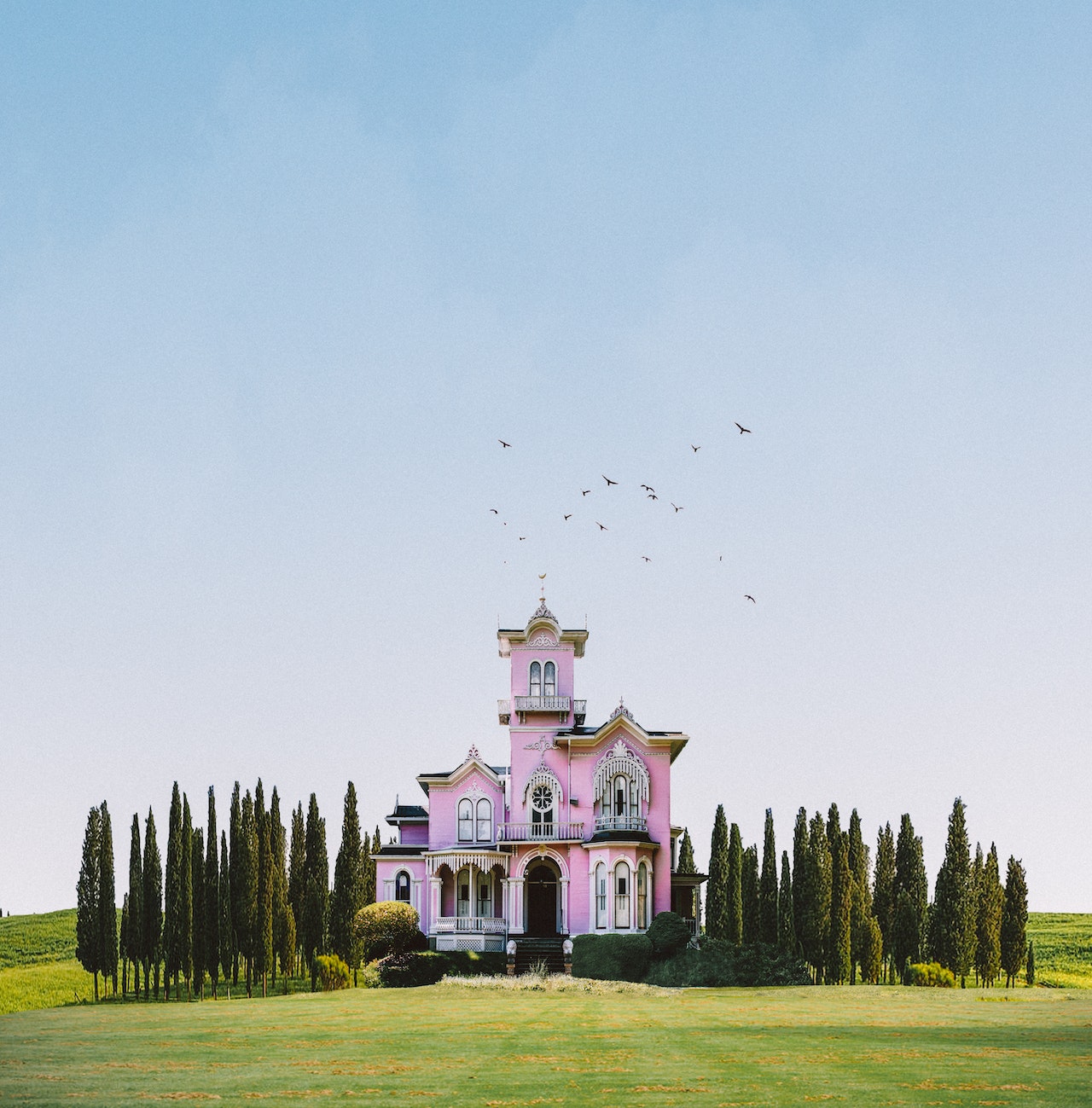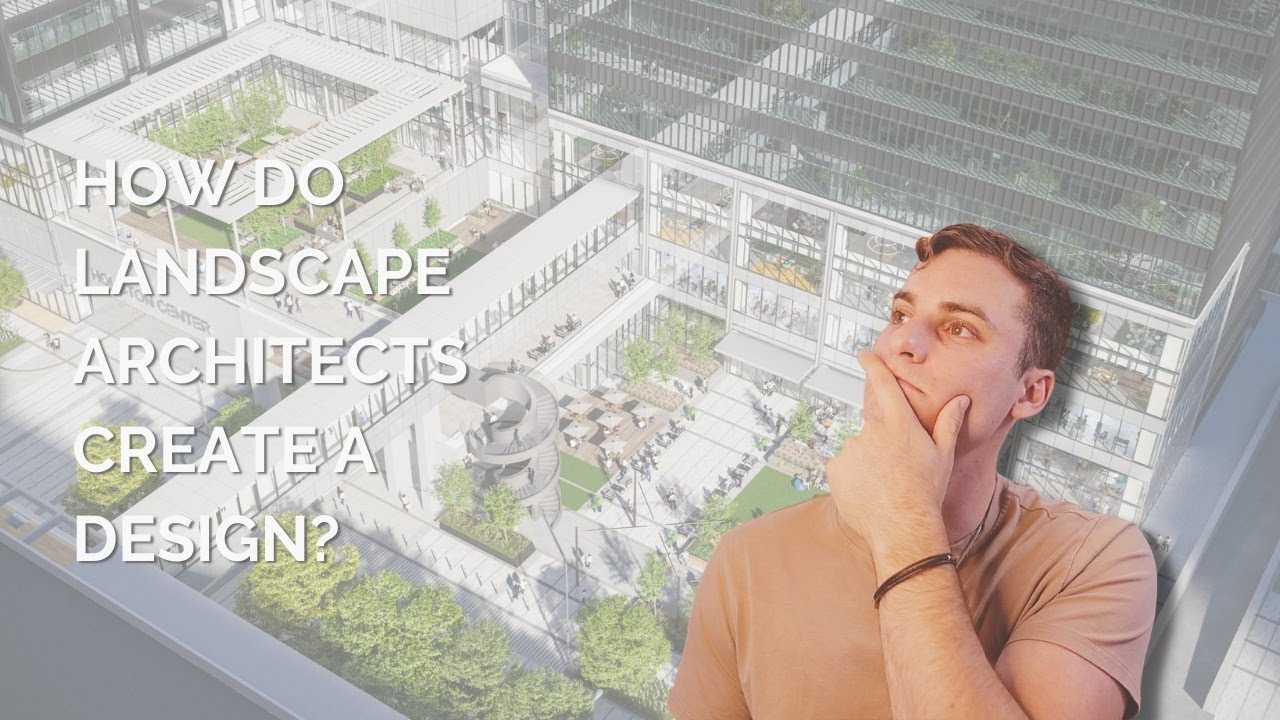Landscape Architecture - Designing Beautiful And Functional Spaces
Landscape architecture is the job of making plans for outdoor spaces like parks, gardens, and other public places. It is a multidisciplinary field that combines aspects of design, ecology, and horticulture. Landscape architects work to create sustainable and functional outdoor environments that improve the quality of life for individuals and communities.
Author:George EvansApr 18, 202316.1K Shares646.1K Views

Landscape architectureis a profession that involves designing outdoor spaces, including parks, gardens, and other public areas.
It is a multidisciplinary field that combines aspects of design, ecology, and horticulture. Landscape architects work to create sustainable and functional outdoor environments that improve the quality of life for individuals and communities.
In recent years, the profession has gained increased attention as more people recognize the importance of preserving and enhancing our natural surroundings.
What Is Landscape Architecture?
Landscape architecture is a discipline that involves the design, planning, and management of outdoor spaces, such as parks, public squares, gardens, campuses, and residential areas.
It encompasses a range of activities, from conceptualizing and creating new landscapes to preserving and restoring existing ones.
Landscape architects consider a variety of factors when designing outdoor spaces, including the site's physical and cultural context, environmental considerations, and the needs and desires of the people who will use the space.
They aim to create functional, aesthetically pleasing landscapes that promote the health and well-being of the people who use them and support the sustainability of the natural environment.
In addition to designing and planning new landscapes, landscape architects may also be involved in the management and maintenance of existing outdoor spaces, such as parks and gardens.
They may work with a variety of stakeholders, including architects, urban planners, civil engineers, and government agencies, to ensure that the design and management of outdoor spaces aligns with broader community and environmental goals.

How Do Landscape Architects Create A Design? - Breaking Down The Design Process
History Of Landscape Architecture
Landscape architecture has a rich history that dates back to ancient civilizations. The creation of gardens and other designed landscapes can be traced to ancient Egypt, where the Nile River and the desert created a fertile oasis.
The Hanging Gardens of Babylon, one of the Seven Wonders of the World, is another example of the early use of landscape design.
During the Renaissance, gardens were designed to be a place of reflection and beauty, incorporating classical ideals of balance, symmetry, and proportion.
In the 18th century, landscape architecture emerged as a distinct profession in Europe, led by designers such as Capability Brown in England and André Le Nôtre in France.
In the United States, landscape architecture began to gain prominence in the 19th century, with the creation of public parks and green spaces in rapidly growing cities.
Frederick Law Olmsted, considered the father of American landscape architecture, was responsible for the design of Central Park in New York City and numerous other public parks across the country.
Today, landscape architecture encompasses a wide range of design practices, from the design of public parks and gardens to the planning of urban spaces and the restoration of natural ecosystems.
The field continues to evolve and adapt to new challenges, such as climate change and urbanization, while also drawing inspiration from its rich history.
Principles Of Landscape Architecture
The principles of landscape architecture are the fundamental guidelines and concepts that landscape architects follow in designing outdoor spaces. These principles help to ensure that a design is functional, visually pleasing, and sustainable. Here are some of the key principles of landscape architecture:
- Unity:A landscape design should be unified and cohesive, with all elements working together to create a harmonious whole.
- Scale and Proportion:A design should be in proportion to the size of the space and the surrounding context, with each element relating to the others in a balanced way.
- Functionality:A landscape design should be practical and meet the needs of the people who will use it.
- Sustainability:A design should be environmentally responsible, using sustainable materials and techniques to reduce its impact on the environment.
- Balance: A design should have a sense of balance and symmetry, with elements arranged in a way that is visually pleasing.
- Rhythm and Movement: A design should create a sense of movement and flow, leading the eye through the space and creating a dynamic experience.
- Harmony with Nature: A landscape design should be respectful of the natural environment, incorporating natural elements and working with the existing ecology.
By following these principles, landscape architects can create outdoor spaces that are not only beautiful but also functional, sustainable, and in harmony with their surroundings.
Applications Of Landscape Architecture
Landscape architecture involves the design and planning of outdoor spaces to create functional, aesthetically pleasing, and sustainable environments. Here are some of the common applications of landscape architecture:
Urban Design
Landscape architects often work on the design of urban areas, including public parks, plazas, and streetscapes. They create spaces that are inviting, safe, and accessible, while also addressing issues such as traffic flow, stormwater management, and climate resilience.
Residential Design
Landscape architects also work on the design of private outdoor spaces, such as residential gardens and outdoor living areas. They may work with homeowners to create spaces that meet their specific needs and preferences, while also incorporating sustainable design principles.
Campus Planning
Landscape architects often work on the design of college and university campuses, creating outdoor spaces that are functional, beautiful, and reflective of the institution's mission and values. They may also work on the design of K-12 school campuses and other educational facilities.
Environmental Restoration
Landscape architects play a key role in the restoration and rehabilitation of degraded ecosystems. They may work on projects such as wetland restoration, shoreline stabilization, and habitat creation, using design strategies that promote biodiversity, water quality, and ecological resilience.
Historic Preservation
Landscape architects also work on the preservation and restoration of historic landscapes, including parks, gardens, and other cultural landscapes.
They may use historical research and analysis to guide their design decisions, while also incorporating contemporary design principles and sustainable practices.
Landscape Architecture Software
Landscape architecture softwareis a specialized computer application that allows landscape architects and designers to create and visualize 2D and 3D designs of outdoor spaces.
With the help of this software, landscape architects can create detailed plans for gardens, parks, public spaces, and other outdoor areas.
Landscape architecture software offers a wide range of features and tools that enable designers to create realistic models and visualizations of their designs.
Some of the common features of landscape architecture software include 3D modeling tools, plant and material libraries, terrain and elevation modeling tools, and rendering capabilities.
There are several landscape architecture software options available in the market, both free and paid. Some of the popular options include AutoCAD, SketchUp, Rhino, Lumion, and Vectorworks.
The software can help landscape architects and designers to streamline their workflow, improve communication with clients, and visualize their designs before implementation.
The software can also help in creating accurate cost estimates and construction documents for the project. Overall, landscape architecture software is an essential tool for modern landscape architects and designers to bring their visions to life.
The Future Of Landscape Architecture
The future of landscape architecture looks bright, with increased attention being paid to environmental sustainability and the importance of outdoor spaces for human well-being.
Landscape architects are likely to play an increasingly important role in urban planningand design, helping to create livable, sustainable cities.
As technology continues to evolve, landscape architects will likely continue to embrace new tools and techniques to help them create innovative and functional outdoor spaces.
People Also Ask
What Is The Role Of A Landscape Architect?
A landscape architect is responsible for planning, designing, and managing outdoor environments such as parks, campuses, streetscapes, and gardens.
They work to balance the natural environment with human needs and to create sustainable and functional outdoor spaces.
What Education Do You Need To Become A Landscape Architect?
To become a landscape architect, you typically need a Bachelor's or Master's degree in landscape architecture from an accredited program.
Some states also require a license to practice as a landscape architect, which requires passing a national exam.
How Do Landscape Architects Work With Other Professionals?
Landscape architects often collaborate with architects, engineers, urban planners, and other professionals to create comprehensive design plans for outdoor spaces.
They may also work with contractors and construction crews during the implementation phase of a project.
How Do Landscape Architects Approach Sustainability In Their Designs?
Landscape architects approach sustainability in their designs by incorporating practices such as rainwater harvesting, the use of native plants, and minimizing water use.
They also prioritize sustainable materials and construction methods and may incorporate renewable energy sources such as solar panels.
What Is The Difference Between Landscape Architecture And Landscape Design?
Landscape architecture involves the planning, design, and management of outdoor spaces on a larger scale, such as parks, campuses, and commercial developments.
Landscape design typically focuses on the design of smaller, residential outdoor spaces such as gardens and patios.
Final Words
Landscape architecture is a vital profession that plays an important role in creating sustainable and functional outdoor spaces.
As cities continue to grow and the impacts of climate change become increasingly severe, the need for skilled landscape architects will only continue to grow.
With their unique combination of design, ecology, and horticulture skills, landscape architects are well-positioned to help create a more sustainable and livable world.

George Evans
Author
George Anderson, an exceptional architectural designer, envisions and brings to life structures that transcend the realm of imagination. With an unwavering passion for design and an innate eye for detail, George seamlessly blends form and function, creating immersive spaces that inspire awe.
Driven by a deep appreciation for the interplay of space, light, and materials, George's innovative approach redefines the possibilities of architectural design. His visionary compositions leave an indelible mark, evoking a sense of wonder and transforming the built environment.
George Anderson's transformative designs and unwavering dedication continue to shape the architectural landscape, pushing the boundaries of what is possible and inspiring generations to come.
Latest Articles
Popular Articles